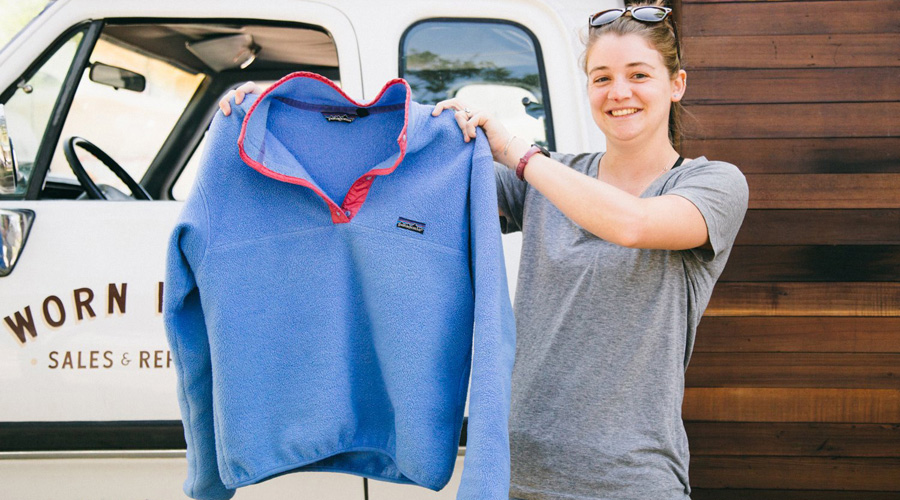By Charlie Lunan
Patagonia said it would begin working with the Outdoor Industry Association (OIA), textile suppliers and appliance manufacturers to better understand the threat fleece and other synthetic apparel pose to the environment after research commissioned concluded such apparel likely accounts for a significant portion of microfiber pollution of the world’s oceans.
The study, entitled “Microfiber Pollution and the Apparel Industry” opens yet another supply-chain challenge for outdoor apparel brands already being targeted by Greenpeace and animal welfare groups for their use of PFCs and other toxic chemicals in waterproofing and for inhumane treatment of birds and sheep that supply them down and wool.
Coming from Patagonia, perhaps its no surprise that the study found “brand and quality matters: in the study, a low-quality, generic brand fleece shed approximately 170 percent more over the course of its lifespan than Patagonia’s high-quality products.”
It also found jackets washed in top-load washers shed more than five times as many microfibers than in front-loaders and that fabric quality and construction appears likely to impact shedding.
Thanks to the study, Patagonia learned that a single synthetic garment can shed thousands of synthetic microfibers in a single wash. It also now knows that synthetic microfibers, as opposed to microplastic beads, have an irregular shape that can pose a threat to smaller organisms — and may enter the food chain and work their way up to humans.
“We also know we sell a lot of fleece,” Patagonia wrote in a June 21 post on its widely read blog, The Cleanest Line. “What we produce, combined with all the polyester and nylon products made and sold by other outdoor and apparel brands (and other industries), may constitute a significant problem.”
The post goes on to say that while public discussion about synthetic microfibers in the ocean has grown, much remains unknown. In a bid to change that, Patagonia will launch initiatives in four areas.
- Industry: Patagonia will work to bring business colleagues and competitors together through the OIA so the industry can build a collaborative approach to gain more knowledge and consider future action. The OIA Sustainability Working Group spearheaded development of the Higgs Index, which is being adopted by many fast fashion brands and retailers to reduce water and energy use and emissions throughout their supply chains.
- Materials: The company will explore methods for assessing a material’s tendency to shed microfibers as part of its research, testing and development process.
- Appliances: Patagonia will reach out to appliance manufacturers to initiate discussions about potential efforts to bring more effective filtering processes to industrial and home washing machines, as well as research how the mechanical design of washing machines, including agitation techniques, may affect the release of synthetic microfibers.
- Grant Giving and Strategic Investments: Patagonia will continue to support nonprofit organizations working hard to bring awareness to the issue of microplastics in the ocean. In the last five years, the company has made approximately $180,000 in grants to groups working to address ocean plastics issues. It also invested in a waterless textile-processing company called Tersus Solutions through its $20 Million & Change fund. Tersus’ technology has been applied in commercial laundering, and the company hopes its innovations may help reduce the prevalence of microfibers in wastewater over time.
Photo courtesy Patagonia
















